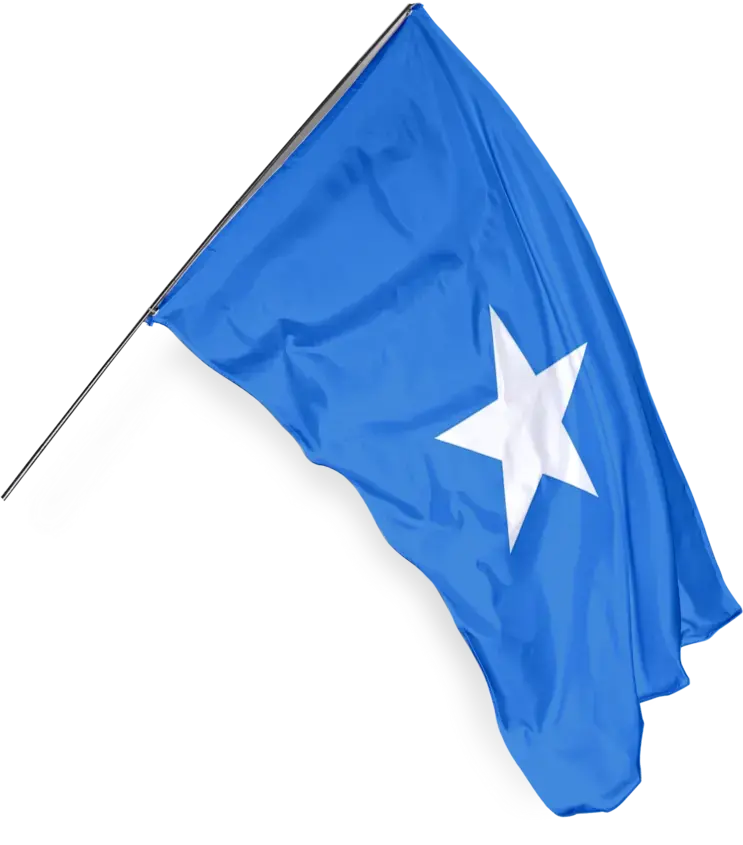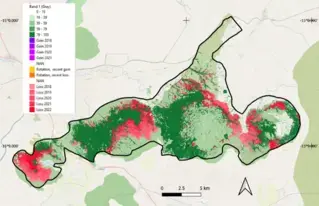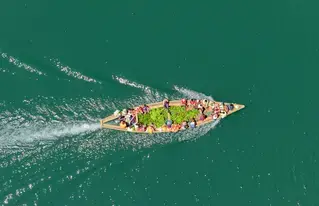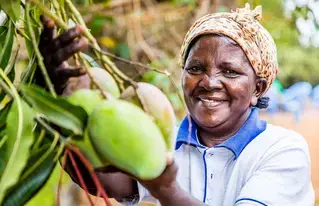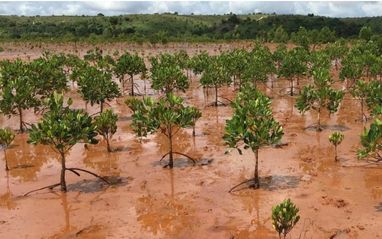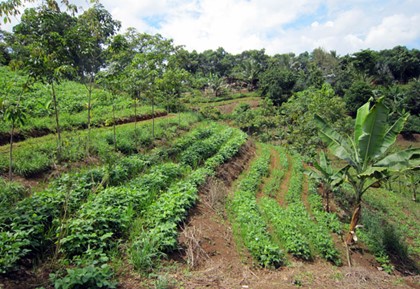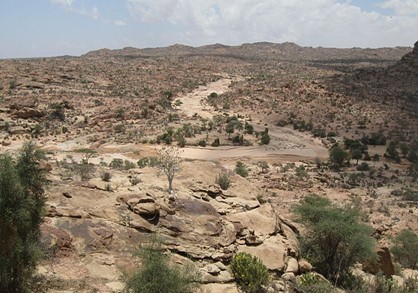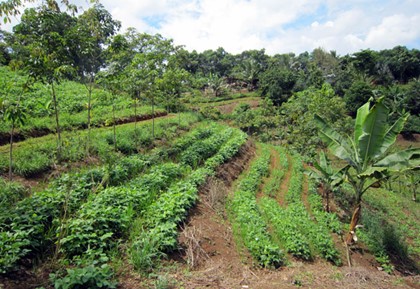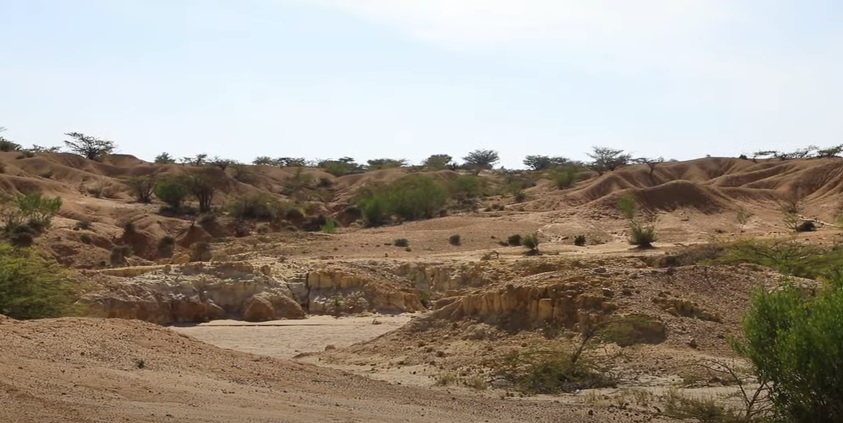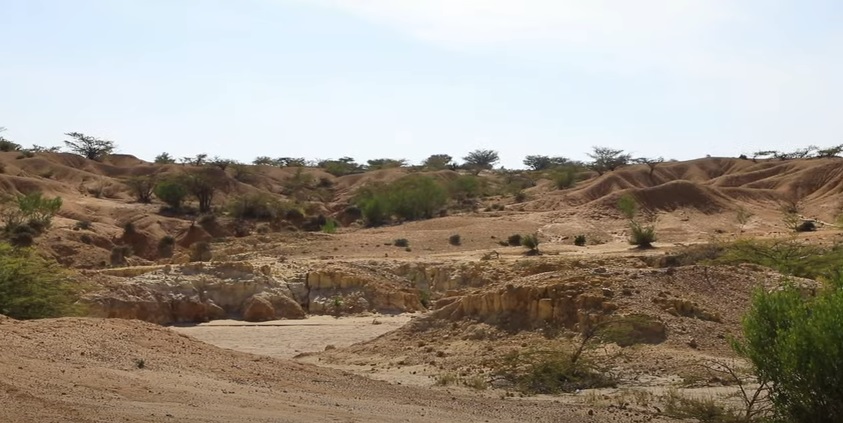Afforestation and reforestation for increasing the forest cover
The high level leadership has launched a national tree-planting programme. The National Regreening Initiative aims to plant 10 million trees across Somalia as part of efforts to boost biodiversity and climate resilience and curb deforestation amid devastating droughts. This will significantly contribute to the national efforts of landscape restoration initiative. This tree planting programme engages the community through sensitization meetings that discuss the importance of trees to provide protection from strong winds and rain and to prevent soil erosion. The ministry of environment works with the local community to seek the best and most appropriate areas for planting trees to ensure they are cared for. They then plant trees with an awareness of what trees could potentially be lucrative for the community and could tackle issues such as food insecurity and climate vulnerability as well as land degradation.
